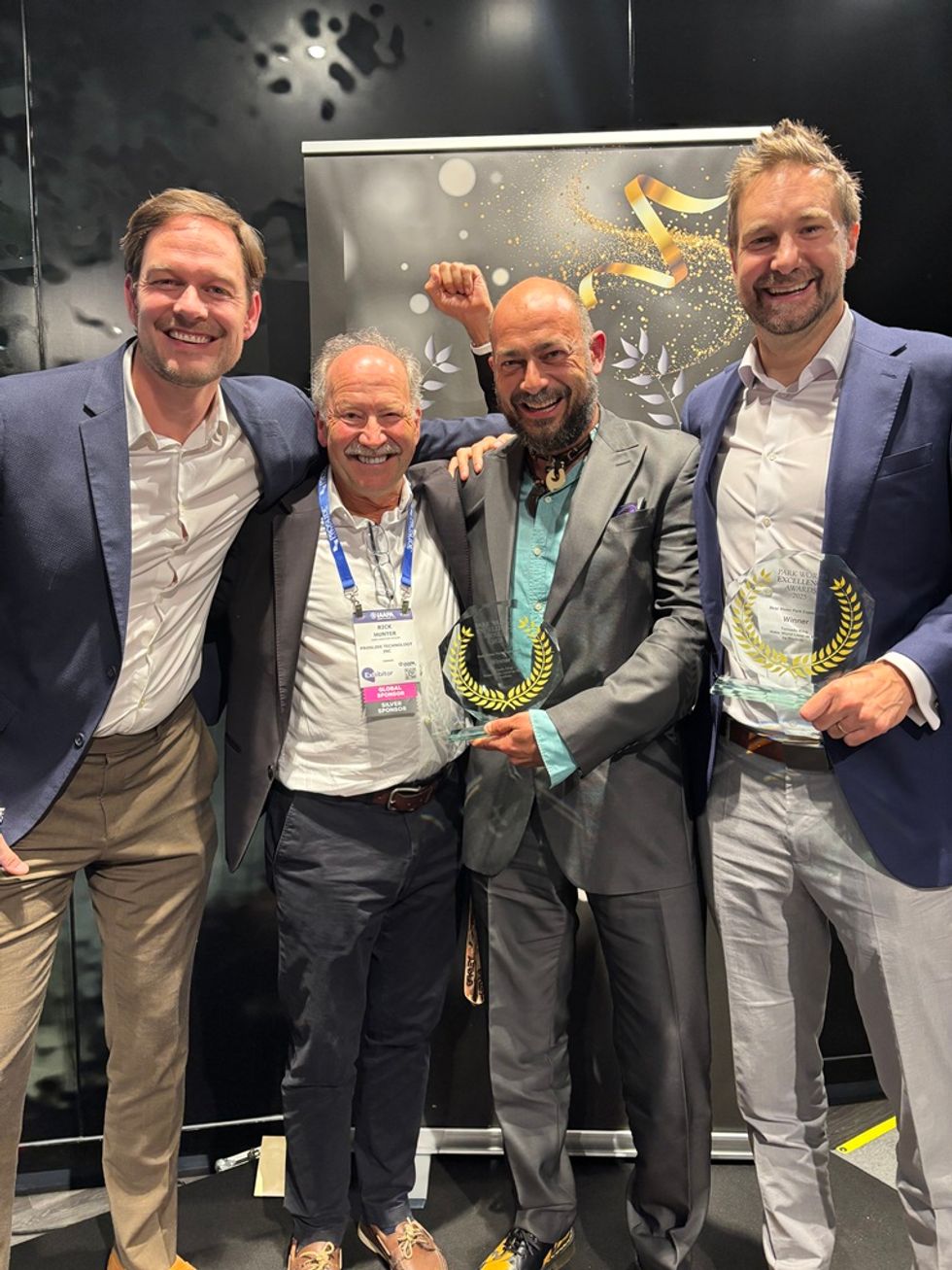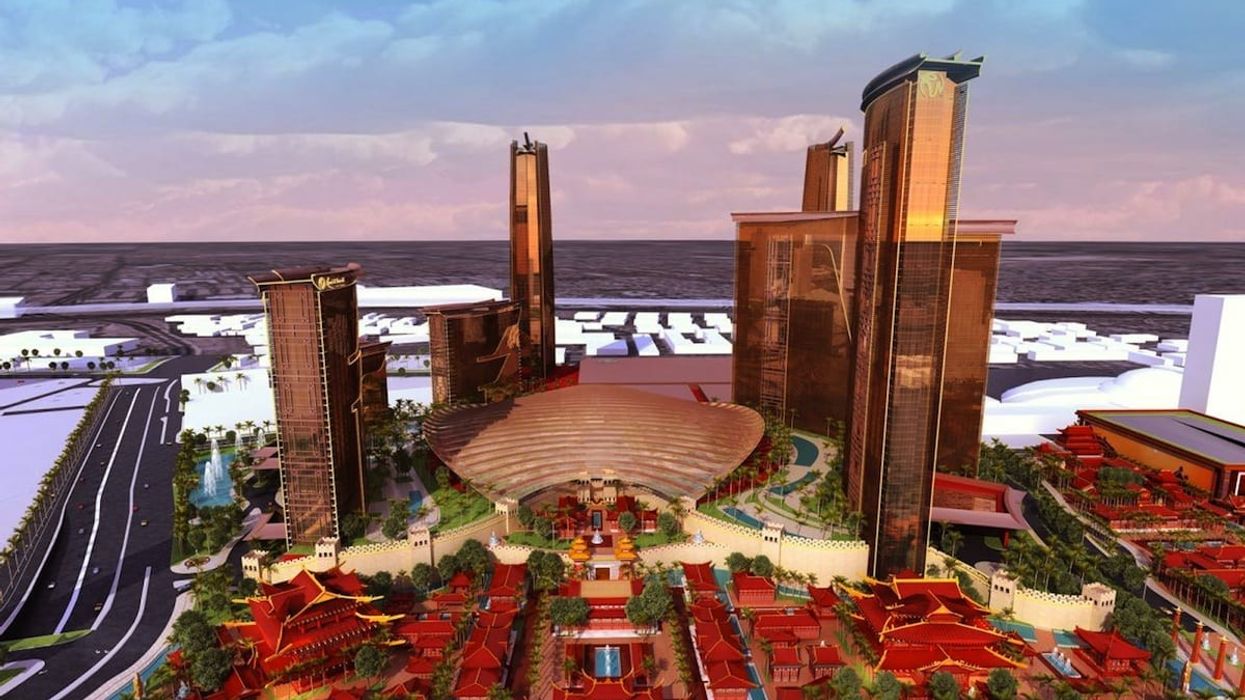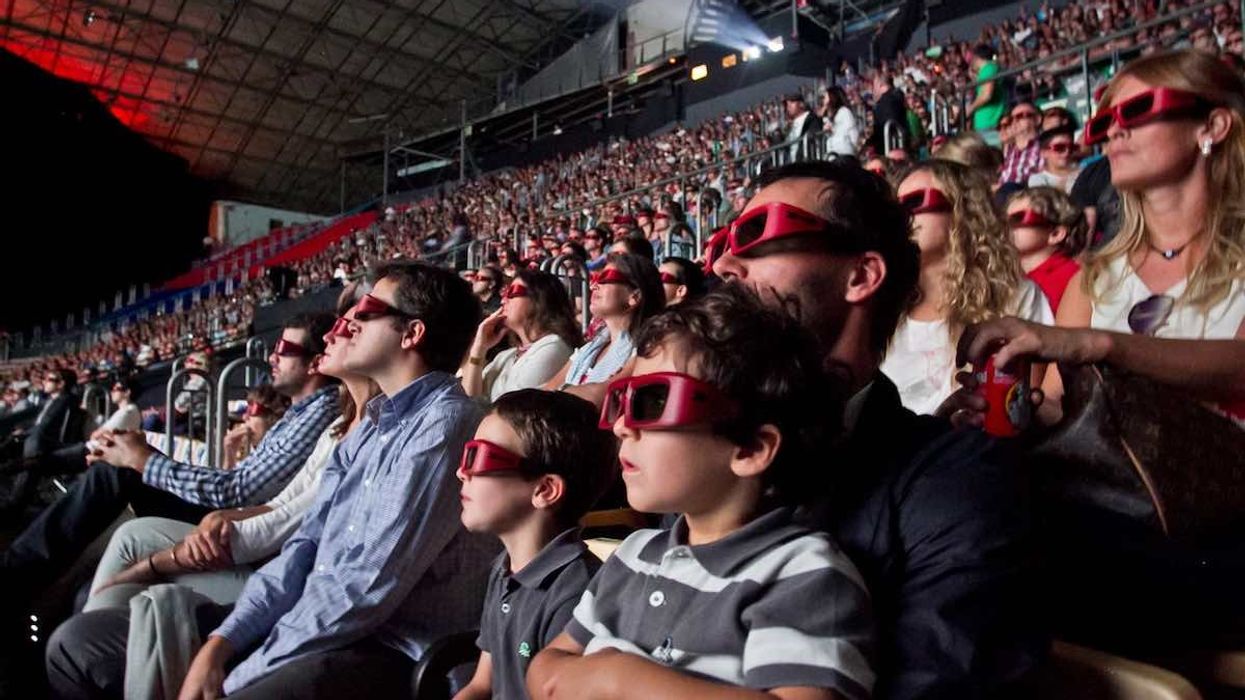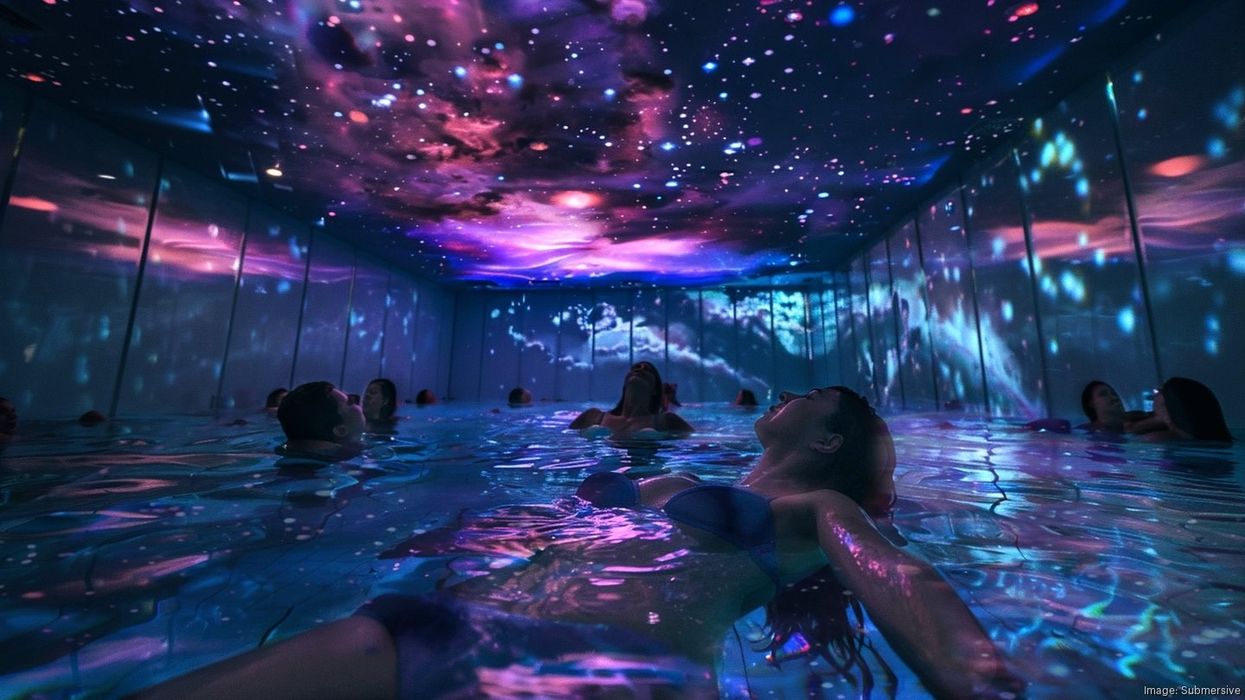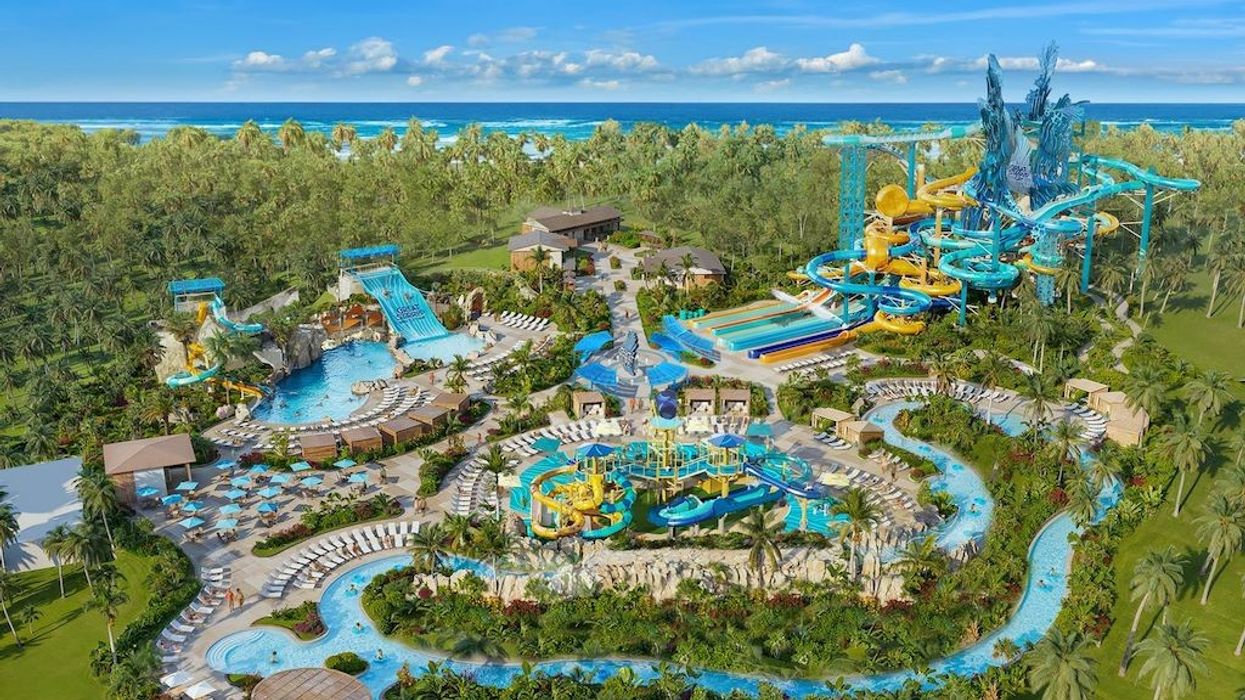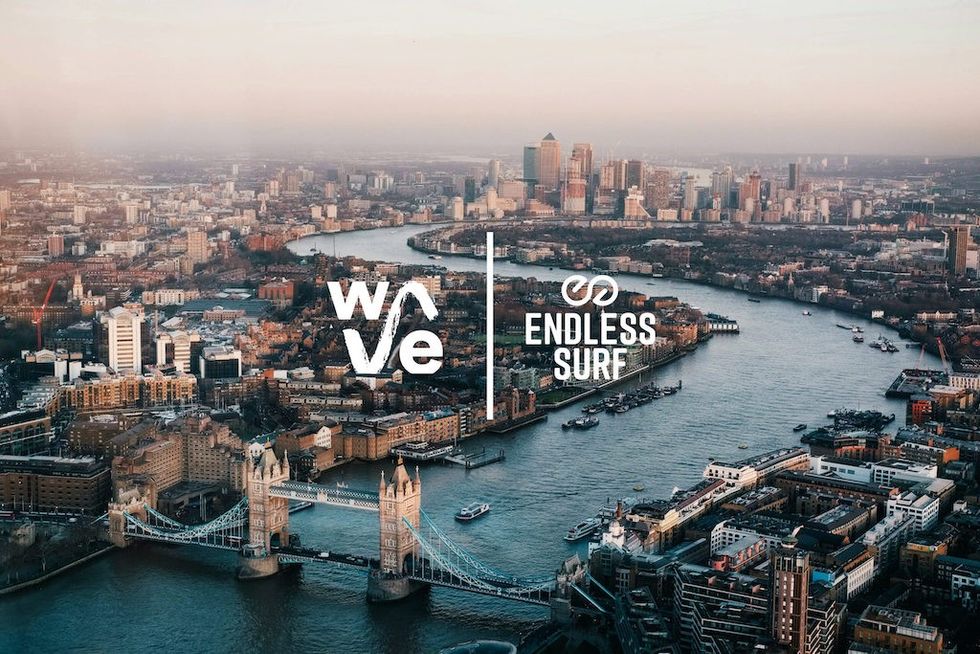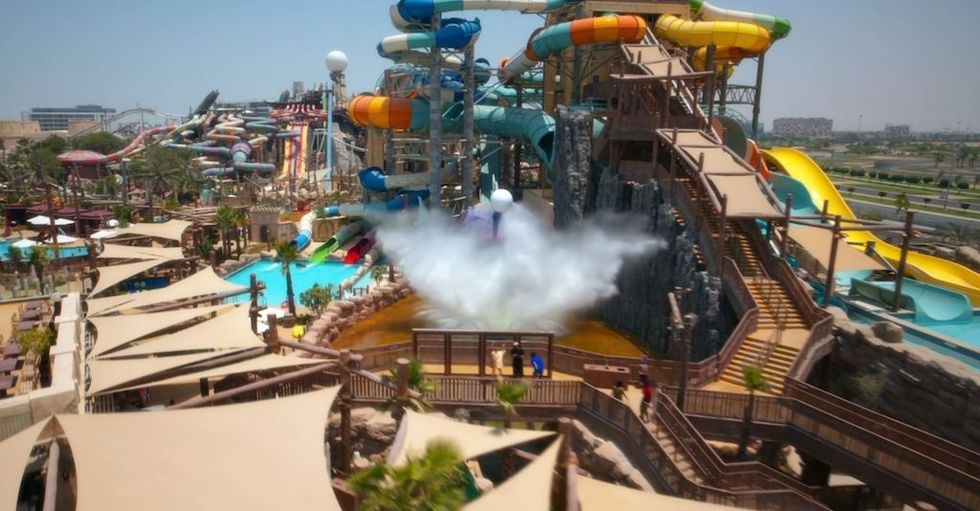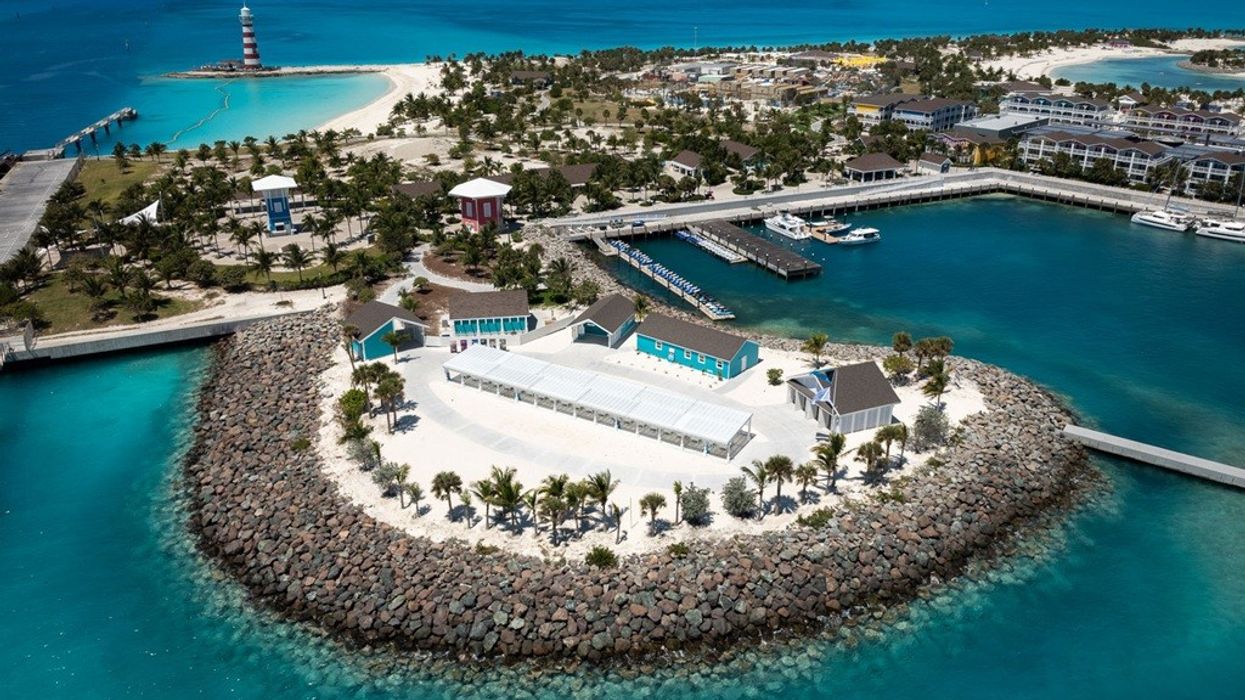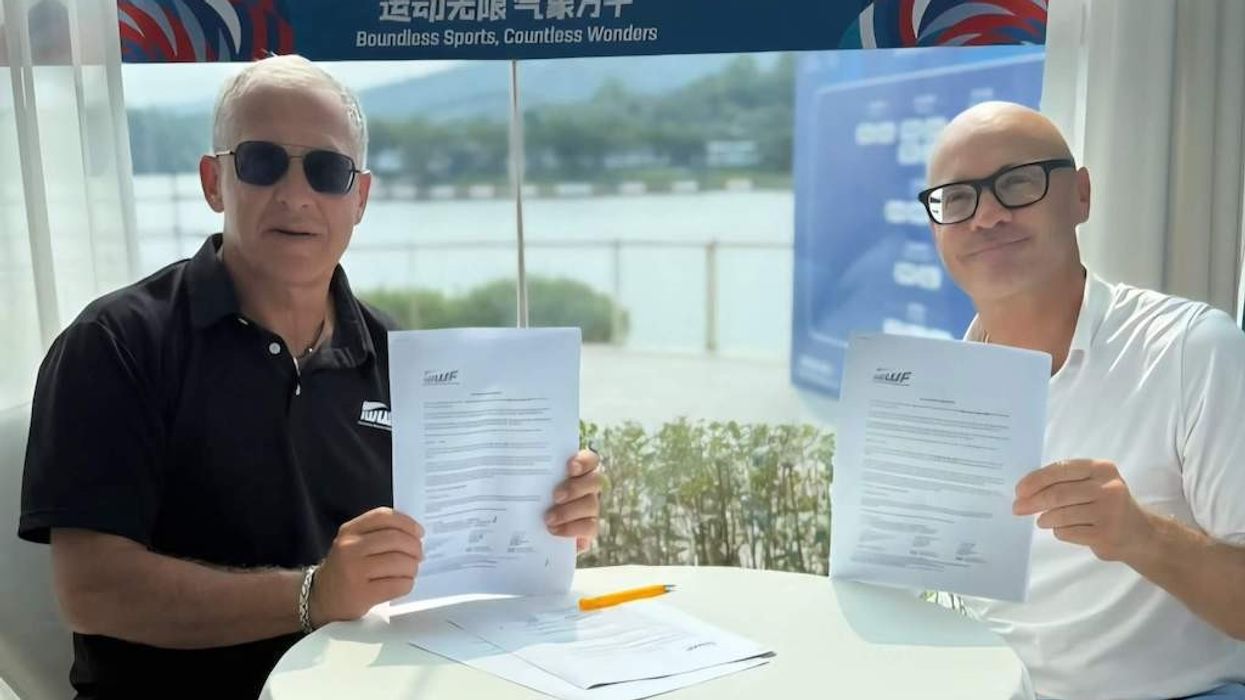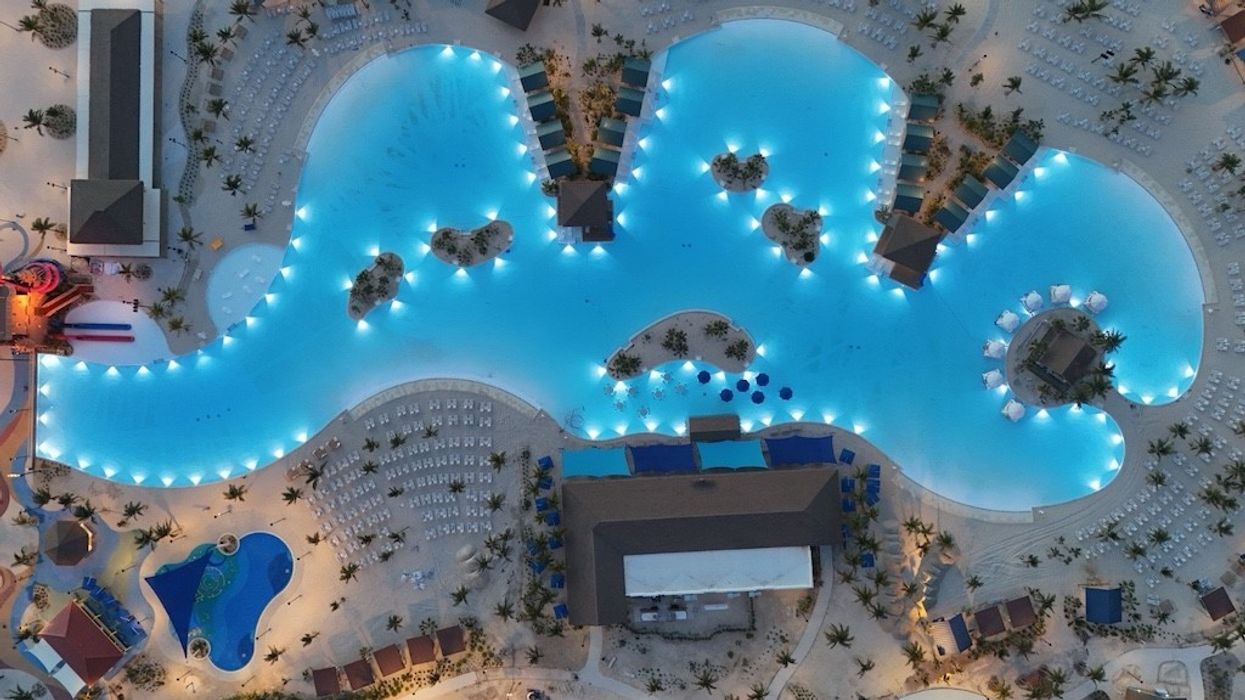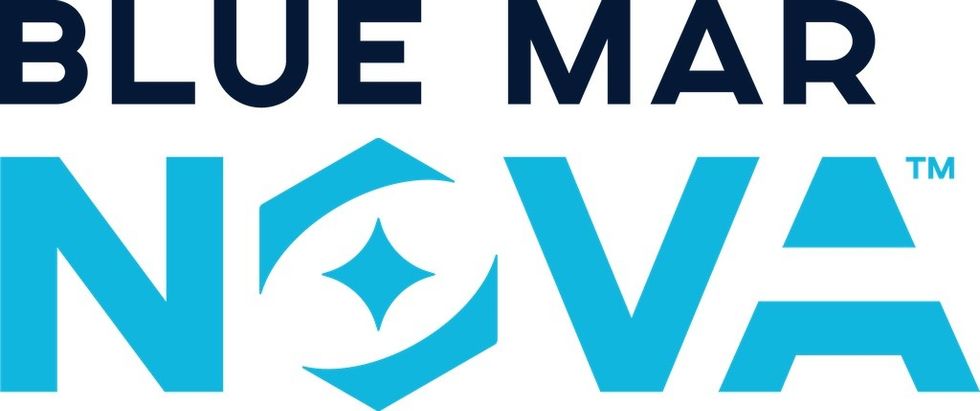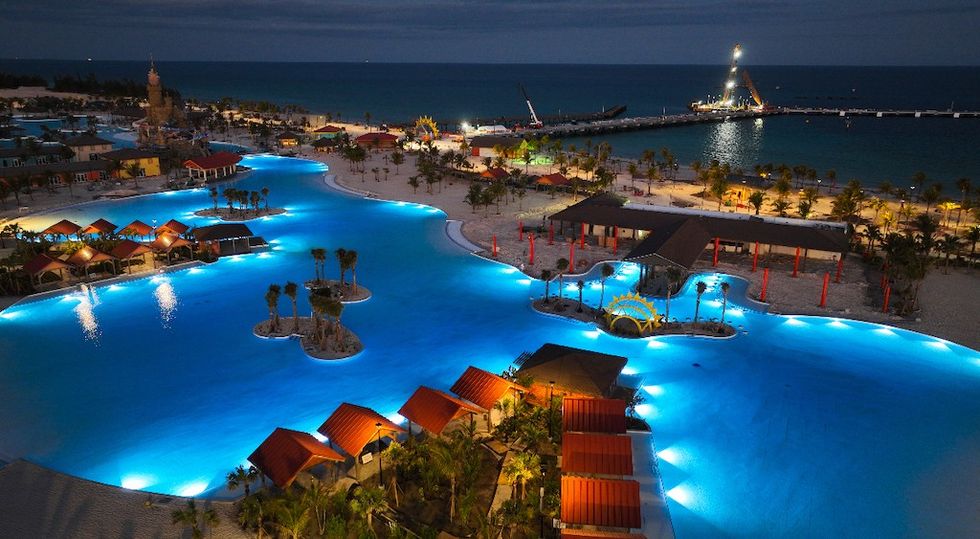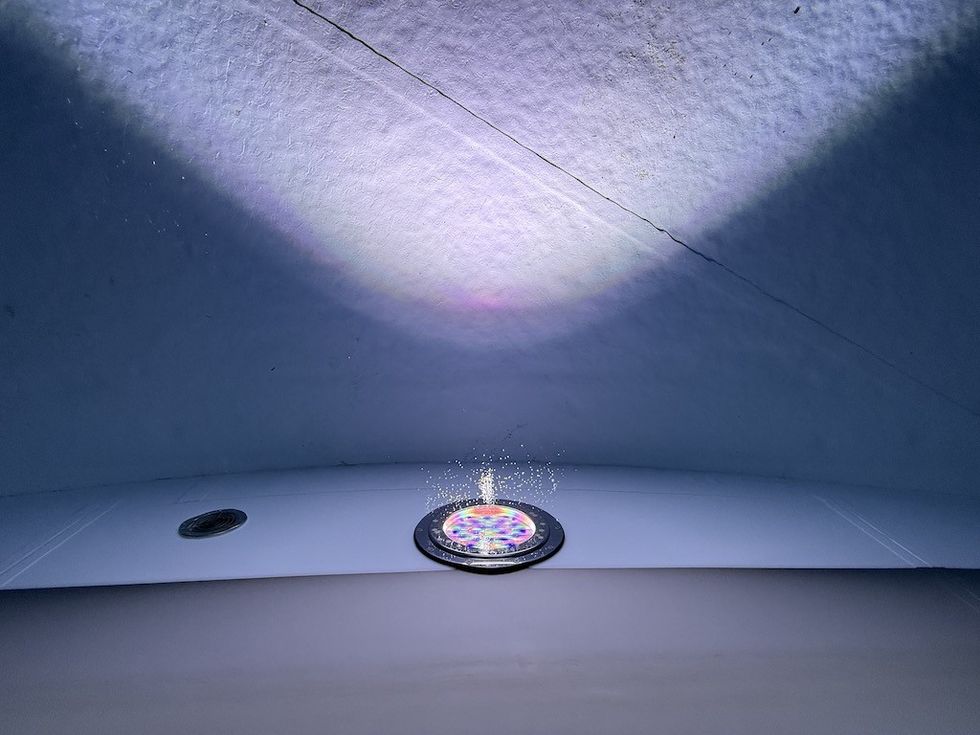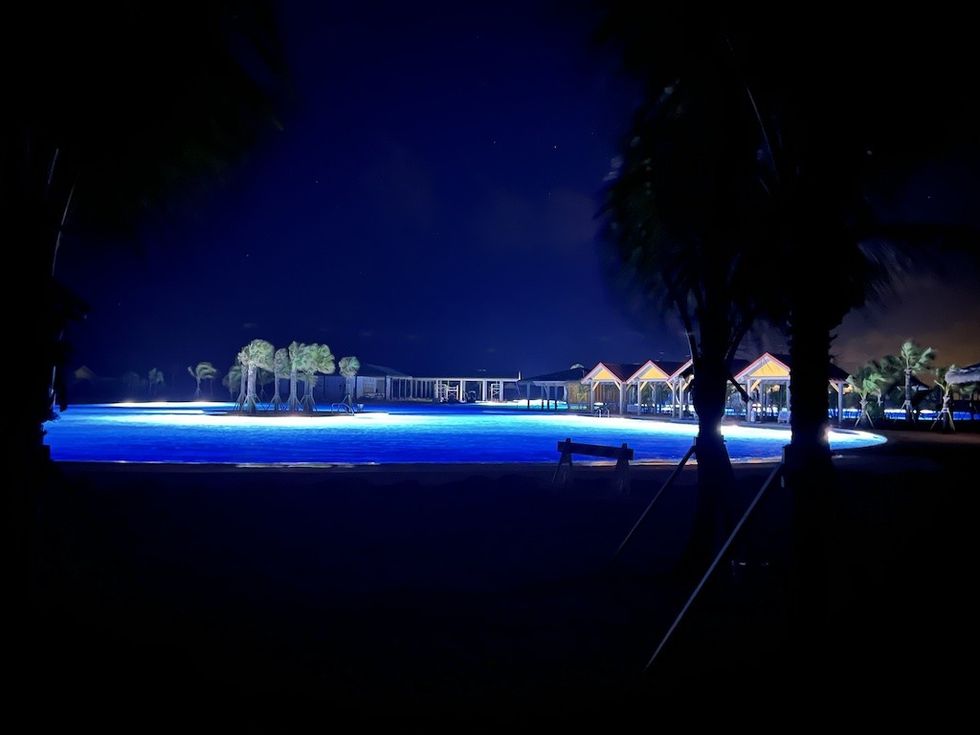Cloward H2O, an expert in aquatic design,has shared insights into how it ensures its projects are built to last.
Brad Clawson, associate engineer, says: "In the pursuit of operational excellence and long-term profitability, many design decisions hinge on a simple but often overlooked truth: 'The bitterness of poor quality remains long after the sweetness of low price is forgotten.' — Benjamin Franklin.
"This timeless principle has clear implications in aquatic facility design. While reducing upfront costs may appear financially responsible, it often leads to compromised performance, higher operating expenses, and reduced facility lifespan."
Truly successful aquatic destinations are those that are engineered with durability, efficiency, and value at their core.
Rethinking value engineering
In today’s construction lexicon, value engineering is often misunderstood as a euphemism for cost-cutting. When used improperly, it results in stripped-down systems, deferred performance, and an eventual need for costly upgrades or repairs.
"True value engineering, however, is not about removing components—it's about enhancing performance per dollar spent," says Clawson. "It seeks to optimize a system, so it performs its intended function reliably, efficiently, and over the long haul. It’s a design philosophy that asks: What adds lasting value to this facility? And equally: What undermines it over time?"
When applied thoughtfully, value engineering doesn’t compromise quality—it ensures it.
Why variable-frequency drives (VFDs) are a built-in standard
Modern aquatic facilities rely heavily on motor-driven equipment—such as pumps, blowers, and other devices—to move massive volumes of water with precision. Historically, these motors operated at fixed speeds, regardless of demand, resulting in excessive energy consumption and wear.
Today, variable-frequency drives (VFDs) are not just common—they’re foundational to any well-engineered aquatic system. VFDs regulate motor speeds dynamically, allowing equipment to operate at only the necessary speed. This significantly reduces energy usage, mechanical stress, and noise, thereby improving performance across the board.
"While VFDs once carried a high upfront cost, advancements in manufacturing and growing demand have brought prices down to the point where they are now justifiable on virtually all project scales. Their return on investment is not theoretical—it’s measurable, repeatable, and often dramatic.
"For example, VFD retrofits on pump systems can yield energy savings exceeding $4,000 per pump per year, with payback periods often less than a year. Facilities that skipped VFDs in early designs frequently find themselves reinvesting in retrofits later—at greater cost and operational disruption.
"Designing with VFDs from the outset isn’t a luxury—it’s best practice."
Designing for longevity and ROI
According to Cloard HO, the most successful aquatic destinations are built on three core pillars: intelligent, performance-driven design, commercial-grade equipment selected for longevity and efficiency, and qualified, reputable construction and commissioning teams.
These elements ensure systems are aligned, installations are accurate, and operations are smooth. The long-term benefits of a well-built facility include reduced energy and chemical usage, lower maintenance and repair costs, increased uptime and guest satisfaction, and extended service life of infrastructure and components.
By contrast, shortcuts in any of these areas can result in cascading failures that impact not only operations but also brand reputation and financial performance.
"Great aquatic facilities are not just built to open—they are built to last," says Clawson. "That means investing in quality from the ground up and making engineering decisions that prioritize long-term success over short-term savings.
"Value engineering should never be about cutting corners. Instead, it should guide us to make smarter choices—choices that reduce the total cost of ownership, improve sustainability, and ensure a facility can thrive for decades.
"At Cloward H2O, we take pride in designing systems, specifying equipment, and collaborating with world-class manufacturers to ensure that every project reflects the true principles of value engineering—delivering lasting performance, efficiency, and reliability."
Last month, Cloward H2O highlighted how it approaches water feature projects for theme parks, engineering for spectacle, emotion, and wonder.
Charlotte Coates is blooloop's editor. She is from Brighton, UK and previously worked as a librarian. She has a strong interest in arts, culture and information and graduated from the University of Sussex with a degree in English Literature. Charlotte can usually be found either with her head in a book or planning her next travel adventure.



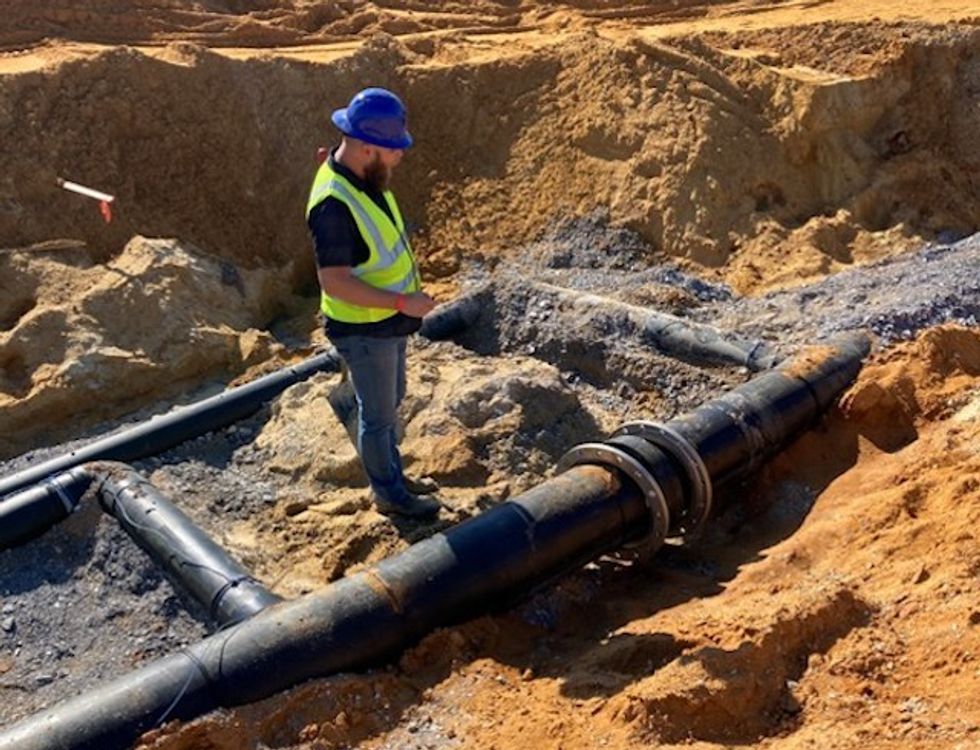
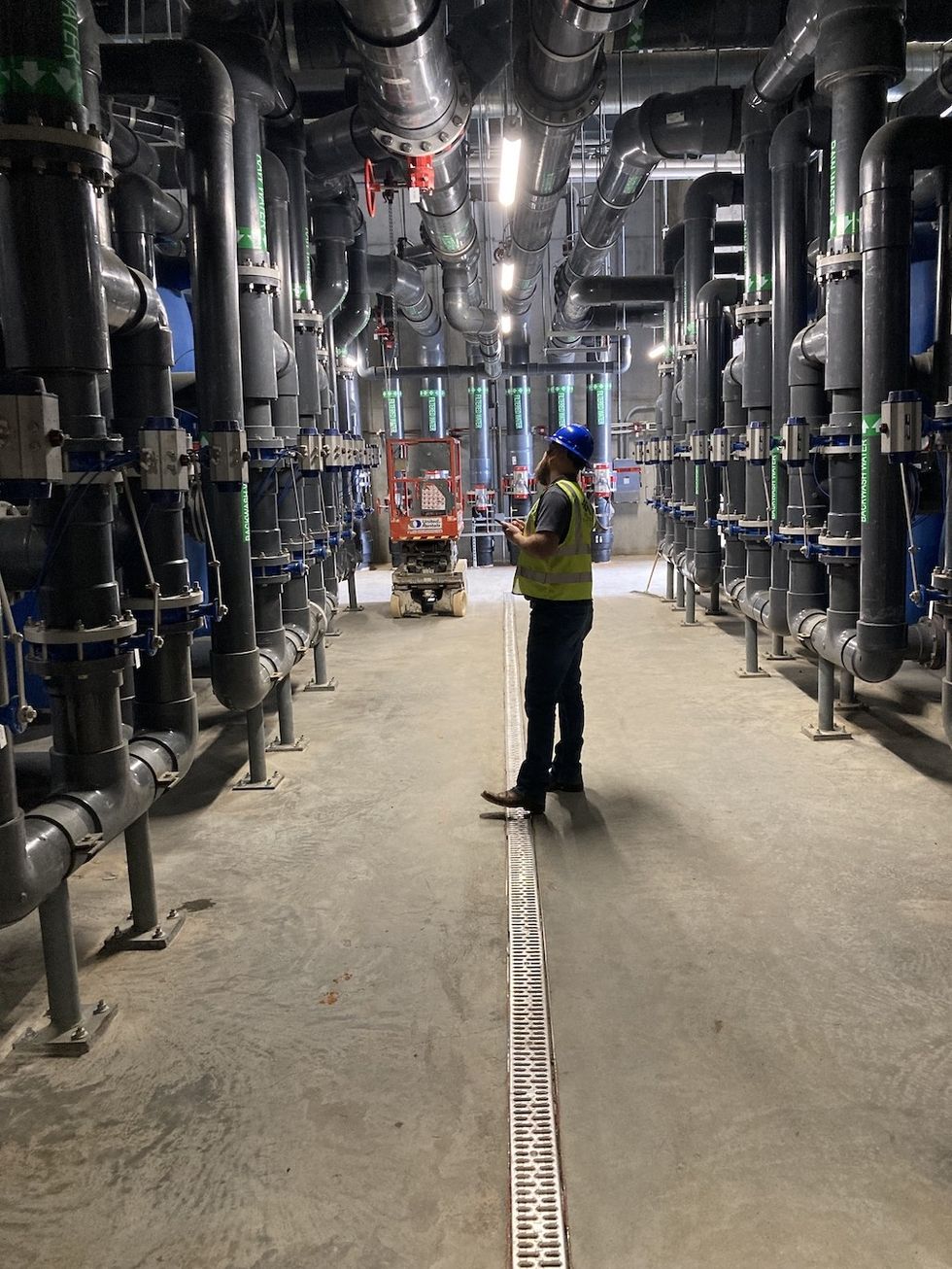

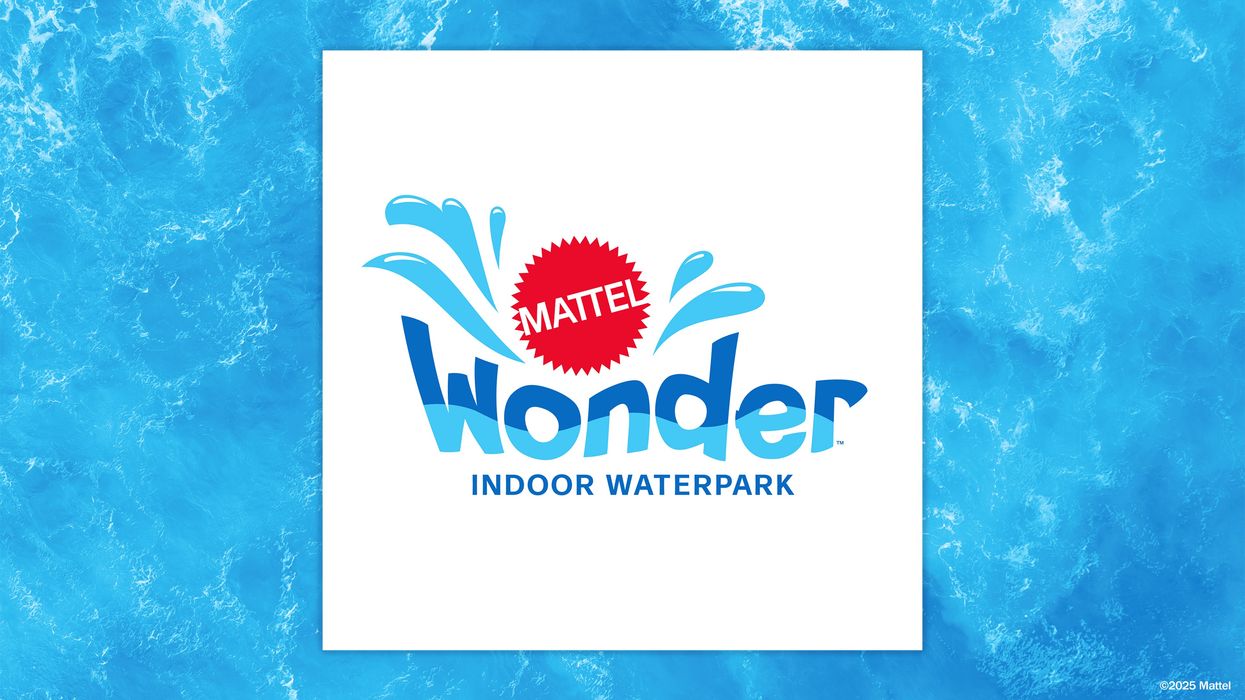
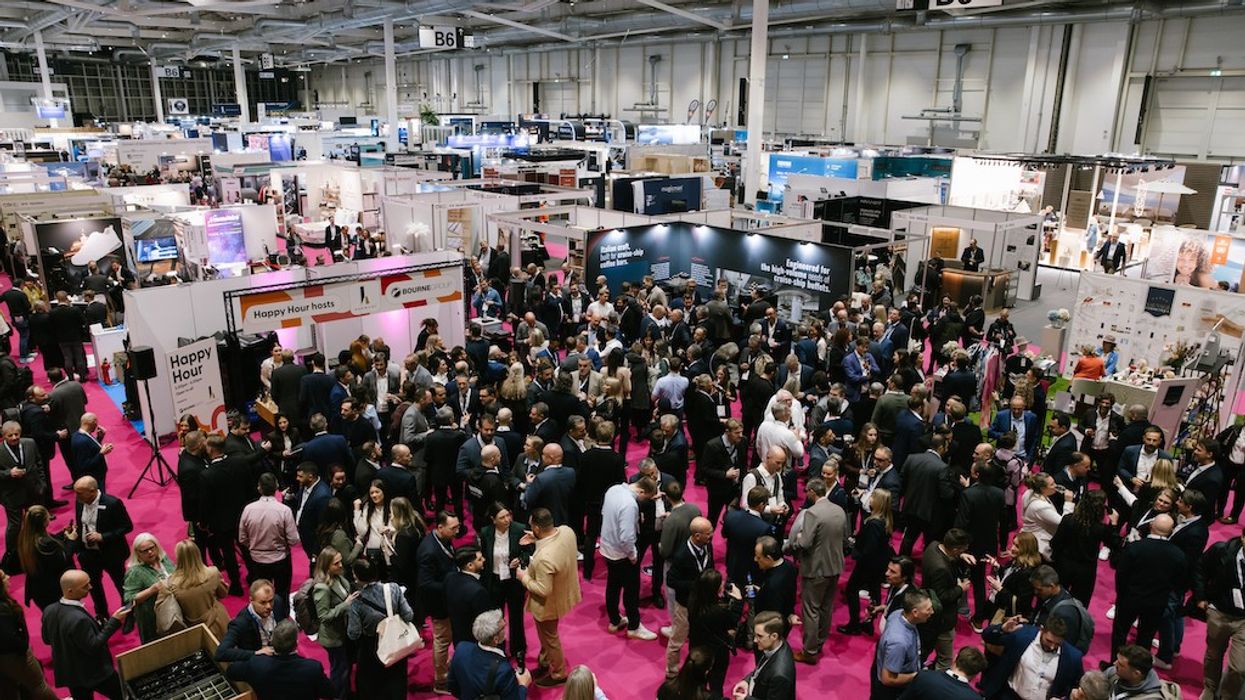
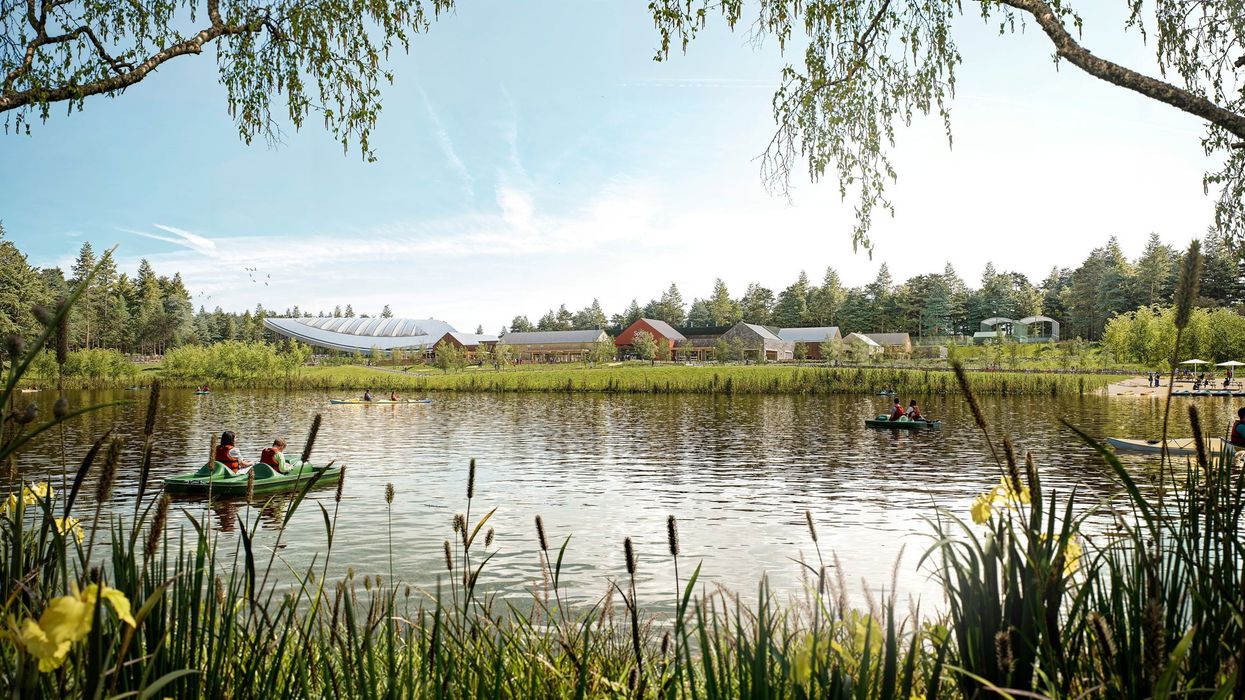
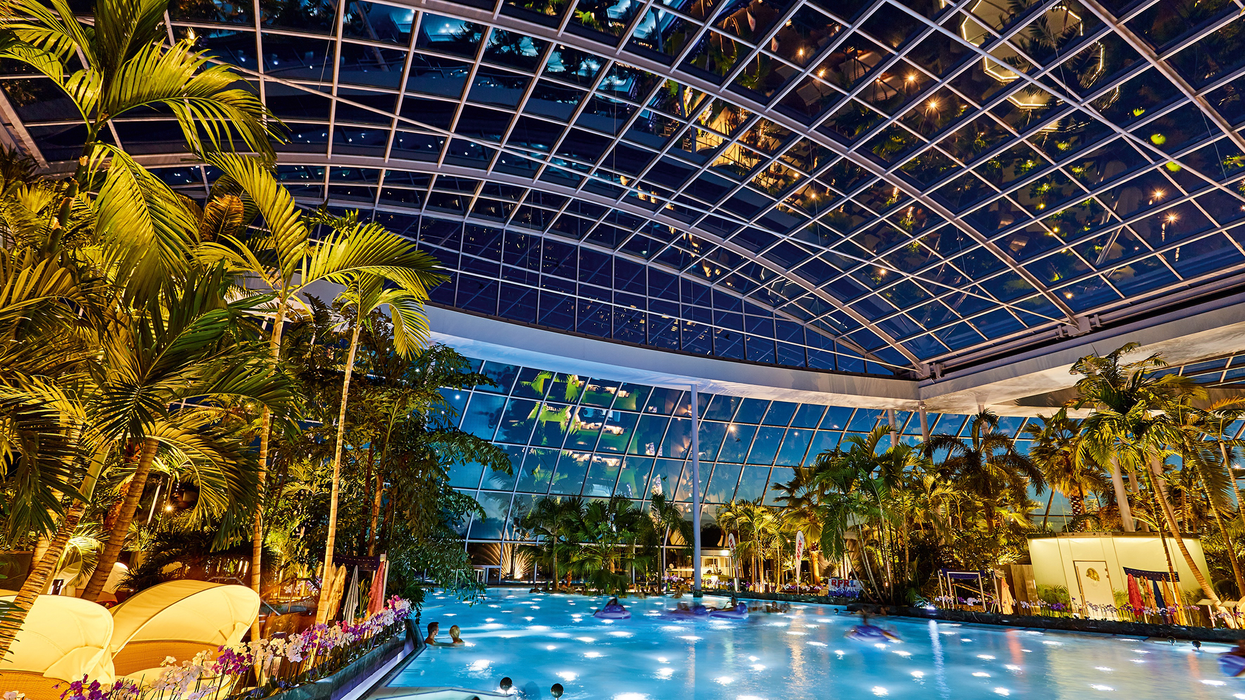
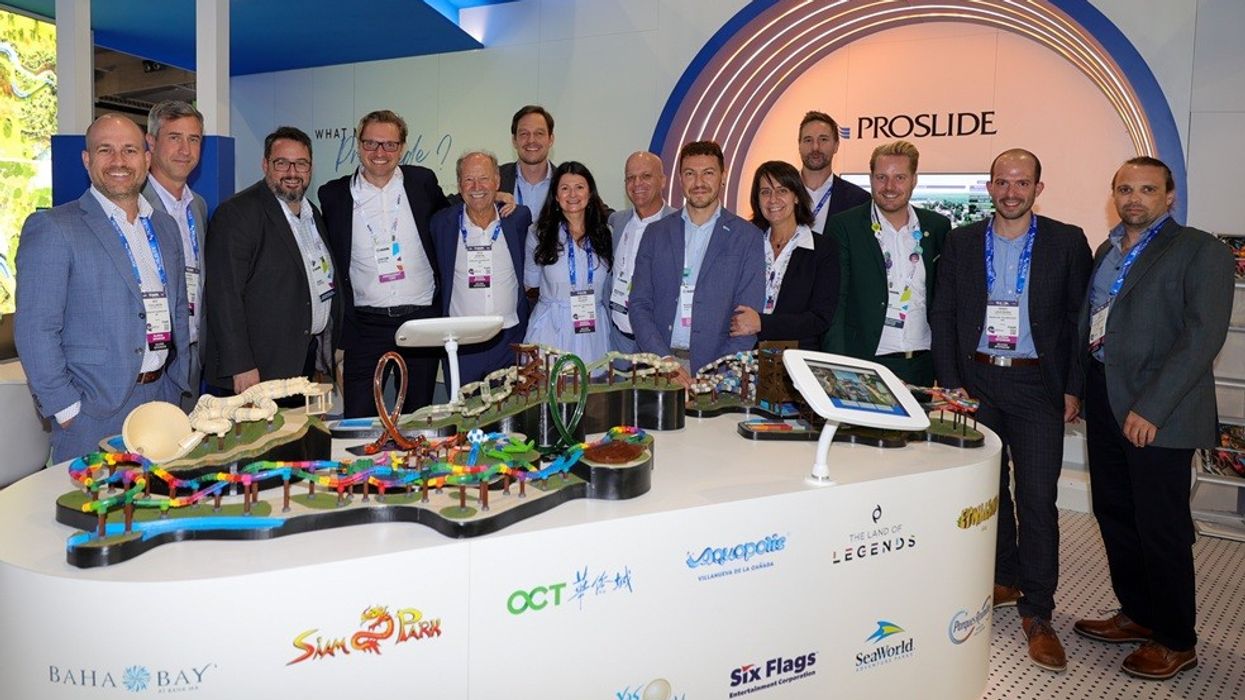
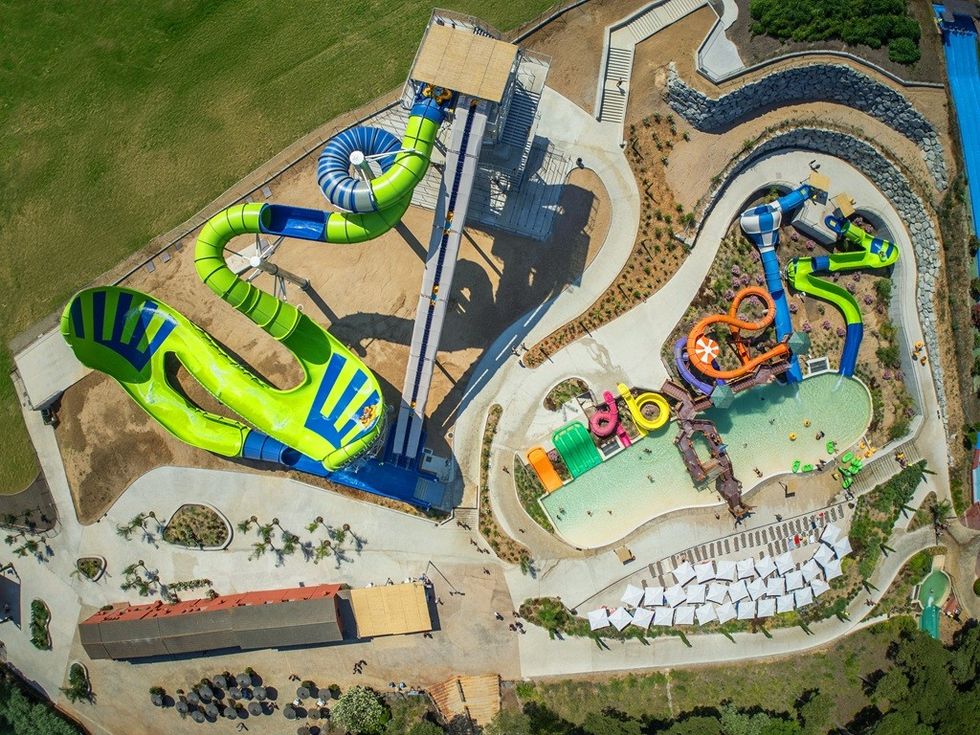 Water World, Lloret de Mar
Water World, Lloret de Mar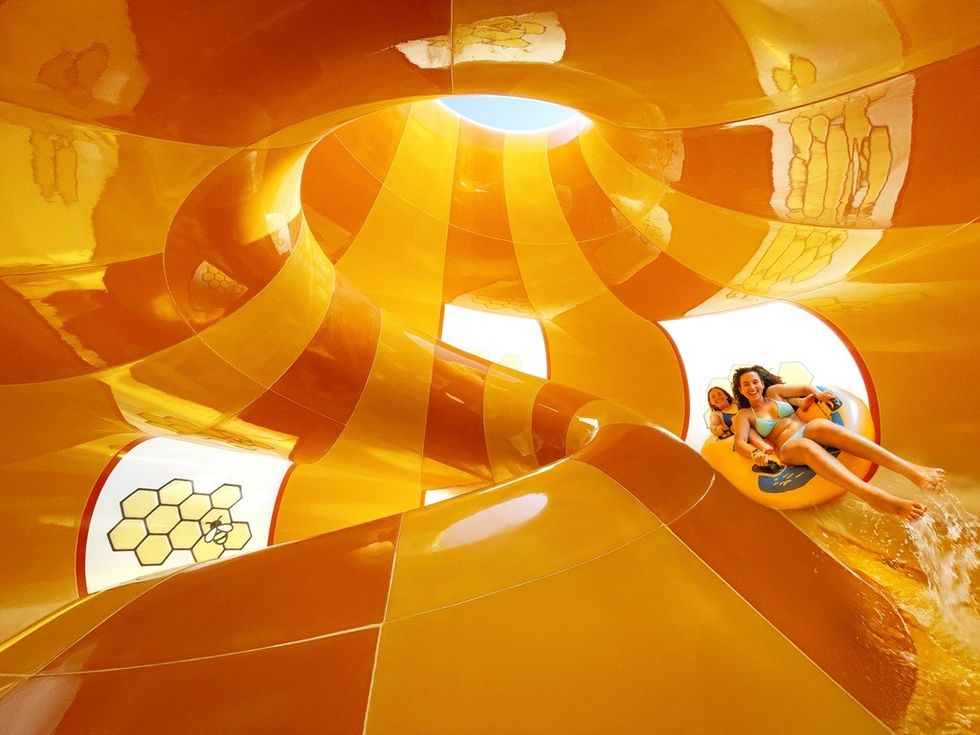 HIVE 20 by ProSlide at Zoombezi Bay
HIVE 20 by ProSlide at Zoombezi Bay